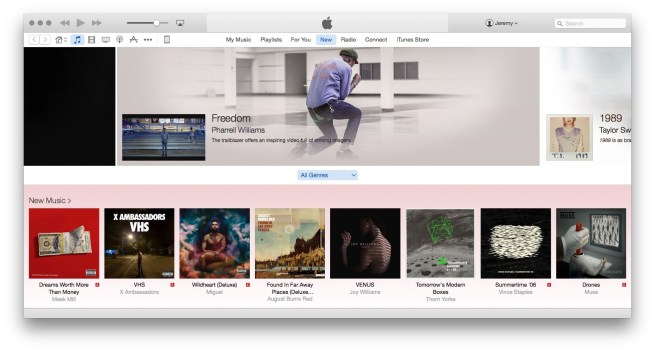Opinion: Apple Watch + Music show intuitive software should be top priority for Apple’s new VP of UI Design


Like many other people, I signed up for Apple Music yesterday because it was intriguing and free. Having skipped earlier subscription music services, I didn’t have Spotify playlists to worry about losing or importing, and I hadn’t experienced truly unlimited access to a giant music selection before. Apple Music’s sign-up process turned out to be great: attractive, simple, and just personal enough to learn my tastes without feeling creepy. It’s also likely to win long-term customers: sign up your family, and after 3 months, someone’s going to insist on keeping Apple Music (or just forget to cancel it).
But once the sign-up process is over, Apple Music repeats a mistake that Apple made earlier this year with the Apple Watch: throwing users into the deep end of a big new pool without adequate guidance. Despite all the talk of importantly human-curated content, Apple Music is oddly and robotically silent when it should be actively guiding new customers through a brand new service. In prior years, Apple held back products until they were polished enough that anyone could use them immediately. These days, Apple releases major products with enough rough software edges that customers and reviewers are (rightfully) complaining about learning curves and unintuitive interfaces.
As of today, Apple has a new VP of User Interface Design, Alan Dye, who is taking over software-side responsibilities from Apple’s vaunted design chief Jony Ive. In light of the Apple Watch and Apple Music launches, both of which were criticized for unnecessarily complex user interfaces, I’d respectfully suggest to Mr. Dye that fixing this problem should be a top priority…

